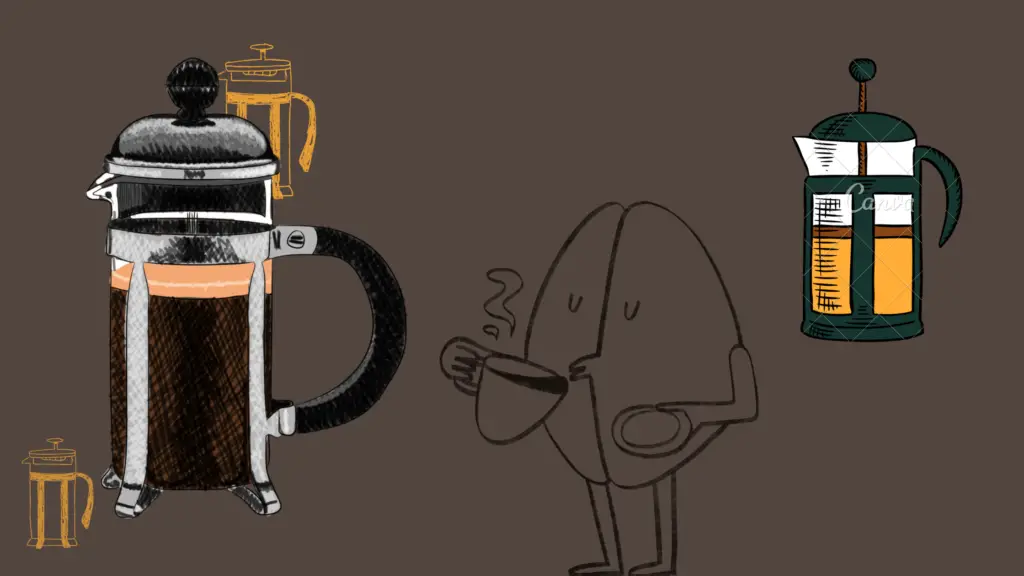
Recently I bought a French press before disclosing its name, let me tell you, what I got from my research before choosing one from hundreds of so-called best French presses. My research concluded the perfect French press has these features (For me),
I found a few French presses with such features now I decided to choose one of these which is popular, has a good rating, and is mostly sold on Amazon. As many people can’t be wrong.
And last, I found Bodum Chambord 8 cup French Press (12ounce) best suitable for me. Also here is a list, which has already been done researching hard work, that can also help you.

How to use a French press
If you want rich, full-bodied coffee at home, you should use a French press. Here’s how to use one. First boil some water, while your water is boiling, you can prepare your coffee beans.
The process of using a French press is similar to making tea.
Rather than forcing grounds through a filter, the French press works by steeping. Because of this, you want coarser grounds to release the good stuff.
Use a grinder to grind your coffee beans to a consistency along the lines of very fine gravel, like this.
We’re going with the Baratza Encore or Eureka Mignon Crono, Conical Burr coffee grinder, which we think is a great entry-level electric grinder with 40 individual grind settings.
But a manual grinder will work well too. For every cup of coffee, you want to make, aim for about three tablespoons of coffee grounds.
You can always adjust, based on how weak or strong you like your coffee. We’re using the Bodum Chambord French press, our favorite press for its affordability, good looks, and ease of use.
Add your beans to the press, then pour in your boiling water. Give it a few good stairs until it starts to foam a bit.
The time you want to allow your coffee to steep depends on the roast you are working with, and how strong you want it to be.
Darker roasts, because they are drier and more brittle, will extract faster than a lighter roast. You can start by trying four minutes for a dark roast, and five minutes for a lighter roast.
While the coffee steps, place the plunger on top to keep it hot but don’t press it down yet. When plunging, be sure to do so slowly.
most French presses have an additional lid on top, that can pop open with too much pressure from pressing down on the plunger too fast, causing you to get hot water on yourself.
Slow and even downward pressure, also means you’ll end up with a lot less sediment in your coffee.
Now simply pour and enjoy. Be careful not to put all of it, because there might be gritty sludge on the bottom.
Now say goodbye to your drip coffee maker. If you’re looking to make coffee using a French press.
Coffee press how to use
you’ll need to coarsely ground coffee and water right off the boil. Scoop coffee into the glass beaker and pour hot water.
We used: 4 tbsps coffee and 12 oz water and covered it with the lid. Waiting for 4 minutes in brewing time.
after slowly and gently pressing the plunger, ready to press coffee.
French press coffee instructions
Let’s brew some French press coffee all right so first of all we’re gonna grind coffee. we’re gonna grind it to the French press setting once we’ve got our coffee. And you want to make sure your coffee is properly ground.
which ours is we’re gonna add in this case 3 tablespoons of coffee. and if you’re wondering you’re looking at seven grams of coffee for every four ounces of water.
You’re gonna be putting in your French press so that makes it pretty easy to calculate again how much coffee you’re gonna need to get the proper cup of coffee.
so a little bit of coffee math for you there after you’ve done your coffee math or at least just measured.
Properly you’re going to go ahead and take you I’m using a gooseneck kettle right now.
We talked about this French press coffee:
this one before here on French press coffee calm either way you want to get your water to the proper temperature. I’ve got mine at 200 degrees Fahrenheit and we’ll go ahead and pour.
we’re gonna bloom first, I’m not gonna fill this up all the way. we’re just gonna let our grounds bloom.
A little bit of coarse French press coffee grind size we’ve got the exclusive French press coffee calm stirring paddle.
That you can make use of and this comes with every single order at French press coffee calm again we’re blooming our grounds.
So I’m just going to give them a little bit of a stir and again that bloom just lets us.
How to coffee press instructions
Get a nice initial kind of beginning to our coffee first so after 30 seconds we’re gonna go ahead. And just finish pouring our water you don’t need to go too slow but you can take your time here to get this right.
I was pouring there it doesn’t have to be you know super accurate, but make sure that you get that time in there.
So you can get the right cup of coffee and. As you’re brewing after you’ve given that kind of final initial stir.
I like to take my lid and my plunger and just kind of set it resting right ever-so-slightly on top of the grounds, that I’m not going to press it down yet.
I’m going to brew for a total time of about four minutes and after we’ve allowed our brew to happen we’re just going to go ahead and press our plunger down.
This will finish the brewing process and I would have my hopefully perfect cup of coffee now.
Sometimes takes a little bit of practice to perfect this even if you’re using all the math that I talked about.
Here you’ve still got different factors that come into play the type of coffee grounds and the type of coffee.
That you’re using and again the temperature of your water etc but spend a little time playing with it.
because that’s how you’re gonna get your perfect cup of coffee, but once you’re done that’s your cup of French press coffee this is the classic French press.
Again if you say the words French press someone’s gonna see this in their heads probably nine times out of ten. So did you like that video go ahead and give us a like and for more caffeinated.
french press coffee brewing
It is common practice, when using a French Press, to press the grounds just below the surface of the water until they are completely immersed.
This is to ensure that no grounds are left above the surface of the water (as that would negate the equation of the amount of coffee to water if some of the grounds were not fully immersed for the proper time).
As for the “partial plunge”, I believe that is just a particular method and have never heard of a scientific reason for it.
The important thing is that, for the time you are allowing the coffee to steep, you have ensured that all the coffee is below the surface of the water by pressing the plunger down slightly until the grounds are covered.
Is French press coffee better?
I would say it’s a preference. I’ve used both, and enjoy both. Now, many folks prefer the pour-over. because you get a full-flavored rich brew without a lot of the grounds in the bottom of your cup.
Some prefer the French press because overall it’s less work to brew and you still get a full-flavored brew, albeit with a bit more body.
Both can make an excellent cup of coffee, and both can be greatly affected by the grind size of your coffee beans.
The most important thing is to use good coffee and grind it yourself with both methods, it will make the difference.
Also, both brewers’ results are greatly affected by the ground size, that’s something that could be experimented with. So I wouldn’t necessarily say one is better, though I prefer the press of those 2.
FRENCH PRESS BREW GUIDE
Brew methods that you can make a delicious cup of coffee with the French press. so let’s get brewing good morning coffee friends are home and I am with home grounds.
Where our mission is to help you brew and enjoy better quality coffee from the comforts of your own home.
The French press has a reputation for being a bit of a one-trick pony brewer only capable of brewing coffees that are strong heavy-bodied and low in acidity if you like coffees.
Then great the French press is an awesome option for you it’s simple and I’ll be walking through.
how I brew coffees like this however if you’re like me and you like cleaner-tasting blood-your-body coffee then stick around. brewer scale quality burr grinder kettle and some coffee is all you need.
French press is nice because you do not need a gooseneck kettle. a normal spout kettle will work fine because you’re pouring all the coffee at once and don’t need that control and you also do not need paper filters thanks to the French presses mesh filter built in before we get brewing to let’s talk coffee and water amounts for the French press.
STEP 1: FRENCH PRESS RATIO
STEP 2: AMOUNT OF COFFEE BEANS AND WATER
STEP3: GRINDING FOR COFFEE BEAN
Is French press coffee better than instant?
French press is technically a filtered coffee, as are most other methods – coffee is infused in hot water, then passed through a filter.
This differs from espresso, which uses pressure to more rapidly infuse the coffee into the water, or a siphon, which uses a vacuum to accomplish the task – both still use filters, semantically speaking.
There are also numerous “filter” methods besides French press:
Pourover (i.e. using a Chemex or Kalita to manually pour hot water over coffee grounds into a receptacle below), automatic drip (i.e. an American-style coffee machine), Aeropress… the list goes on and on, and each provides different results.
With the French press and the Aeropress, you have the possibility of choosing your infusion time. You add hot water to the coffee, wait your preferred amount of time, then filter out your coffee. With other drip methods, the water passes through the coffee as you pour it.
I love French press when I’m being lazy:
I can make a large pot (I have a huge one at home), and I can let it infuse for longer than usual to get a particularly strong brew. I use this when I just want a huge amount of something dark and chocolatey like several cups of Sumatra to wake my ass up.
When I have a fancy, expensive lighter roast where I want to taste all the nuances, I go for a quick Aeropress (no more than 2 min. infusion time) or a pour-over so I can tightly control the infusion and get all those fancy floral and acid notes out of a lightly roasted Ethiopian bean, for example.
So what about a French press?
With a French press, the water is heated externally in a kettle. The water is boiled in the kettle, then let sit for 30–45 seconds to cool down to 200 degrees F or so. Then it is poured into the press where it mixes with the loose coffee.
The loose coffee grounds float around in the hot water for 4–6 minutes until properly extracted, then the press pushes the grounds to the bottom of the pot where they are no longer brewing with the water, and the hot coffee is poured off.
So which is better?
I like the French press. I think it makes a more flavorful cup of coffee. This is because the water is in contact with the coffee longer, which releases more flavors. With a French press, you control how long it brews.
Like it a bit stronger?
Let it sit for 6–8 minutes before pressing.
Weaker?
Press after 3–4 minutes. You can control the temperature and brew time for the perfect cup.
Drip machines tend to let the water run through the grounds too fast, and there isn’t time for a good extraction.
Why French press coffee is bad for you?
French press coffee drinker who is concerned about their cholesterol well a recent study from Harvard Health says that Kapha Stahl and Cowell which are found in French press coffee could increase the bad cholesterol
French press coffee comm let’s talk about how we can filter out that potential bad cholesterol oil found in French press coffee.
This is simple to do what we’re going to use to filter. that is going to be in one case some of these awesome s Pro filters.
These are going to fit well onto the plunger for our French press or you can use an old-school drip-style filter now.
all we’re going to do is we’ve already brewed some French press coffee, we’re going to unscrew our plunger from our French press and just take it apart from real briefly and now.
We’ll take off, the top strainer and we’re going to take our s pro filter and we’ll just pop this on and then place our strainer on top.
and this is the same thing if you want to use an old-school drip style this one will look a little funky, but that’s okay just pop it on.
And then place your strainer it’ll look a little weird you can cut it if you want but you don’t need to we’re going to use the s Pro filter.
because you can get a lot of these for a great price and they’re going to do the job well place your strainer and now. just screw your strainer for your plunger back together cool now. We have a paper filter to strain out those oils, we’re just going to take our plunger. now we’ll just go ahead and plunger down.
bad cholesterol now here
Perfect and let’s pork up this is also a lot like drip-style coffee you’re going to notice that you might get a little bit more of that flavor but again you’re still going to get some of the punch that you love about French press.
We get a cup of coffee that has that great French press flavor but we’ve cut down on those oils.
That can potentially lead to bad cholesterol now here’s, the flip side of the coin here cap his tall and col.
we all have also potentially been shown to have anti-cancer properties. specifically in the liver so, it’s up to you if you want to always filter your coffee.
like this maybe you want to split it half and half if you do have high cholesterol this could be something that could help because you’re going to cut down on those oils or maybe you just like the flavor more I find that it’s still going to give you that great flavor a French press and like I say if it’s more healthy.
Just the infusion is the method used by the plunger coffee maker to extract coffee:
one of the main advantages of this coffee maker is the possibility to choose the “strength” of coffee, varying the amount of coffee and the time of infusion, a less practicable choice and certainly with less flexibility than other coffee makers.
FRENCH VS DRIP COFFEE DIFFERENT
1. French Press
A French press has a vessel, usually glass, where coffee grounds and hot water are mixed. The coffee floats around in the hot water for some time (usually 4–6 minutes) extracting the flavors.
Then a plunger with a screen is pressed through the coffee/water mix and “presses” the coffee grounds to the bottom. The coffee is then poured out.
Many authorities agree the French press makes the best coffee. This is because you can control the temperature of the water, the grind, and the type of coffee, and when it brews the coffee is free to mix freely with the water for the perfect amount of time.
It takes 4–6 minutes for coffee to brew properly and extract the flavors optimally. Longer than 10 minutes and it over-extracts and it can be bitter and oily.
Less than 4 minutes and it under-extracts and the coffee lacks all the flavor it could have had.
2. Pour-over
In a pour-over pot (like a Chemex or Melitta or Bodum), the coffee grounds are poured into a paper or metal filter that is fitted inside a funnel.
The water is then poured SLOWLY over the grounds (properly taking 4–6 minutes).
The coffee is in contact with the grounds and as it pours out the hole in the funnel, coffee accumulates in the lower chamber.
This is a good method. If you’re not careful to pour the water over SLOWLY, in several stages, it doesn’t extract the flavors as well as a French press because the coffee is only in contact with the water for a few seconds while dripping through. But you can make a good cup of French press coffee here if you’re careful.
We’re an affiliate
We hope you love the products we recommend! Just so you know, we may collect a share of sales or other compensation from the links on this page. Thank you if you use our links, we really appreciate it!


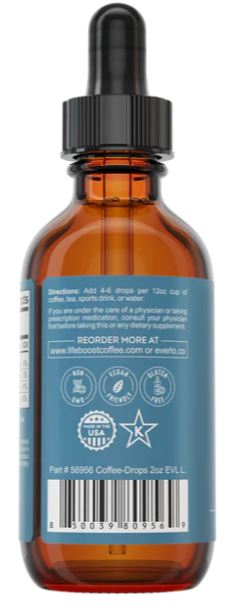

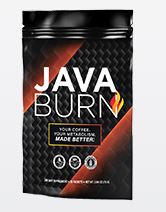
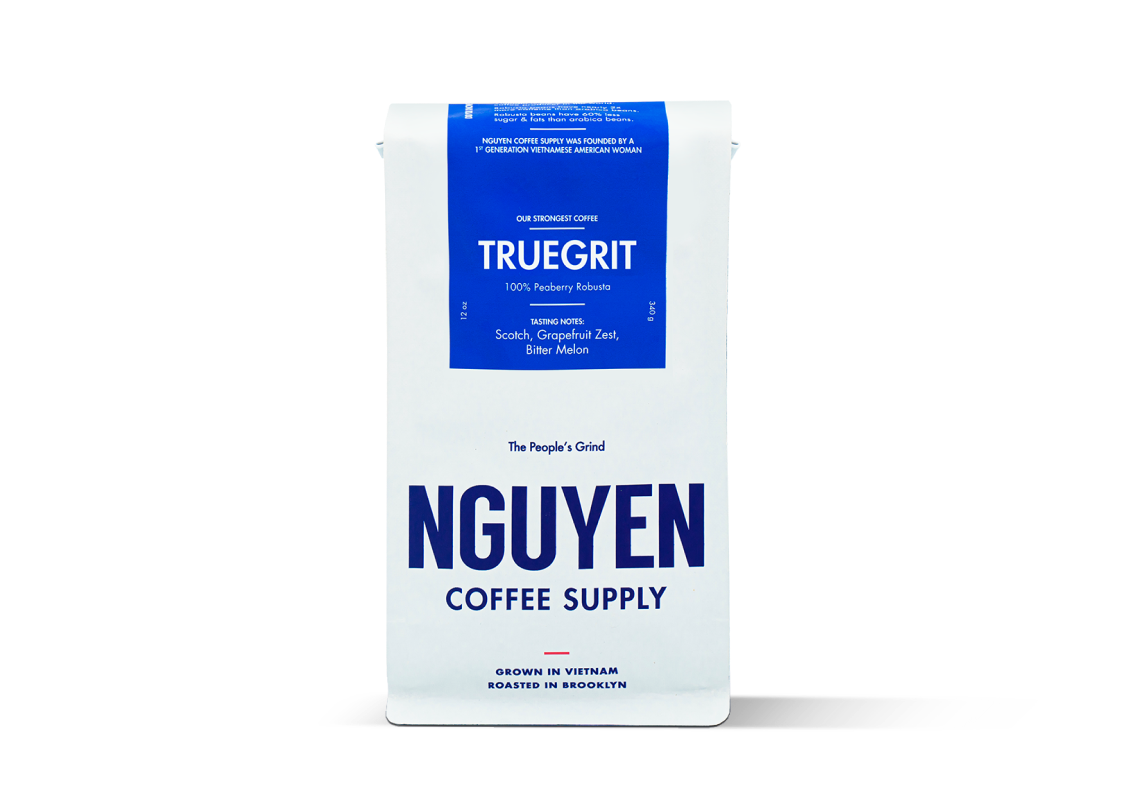
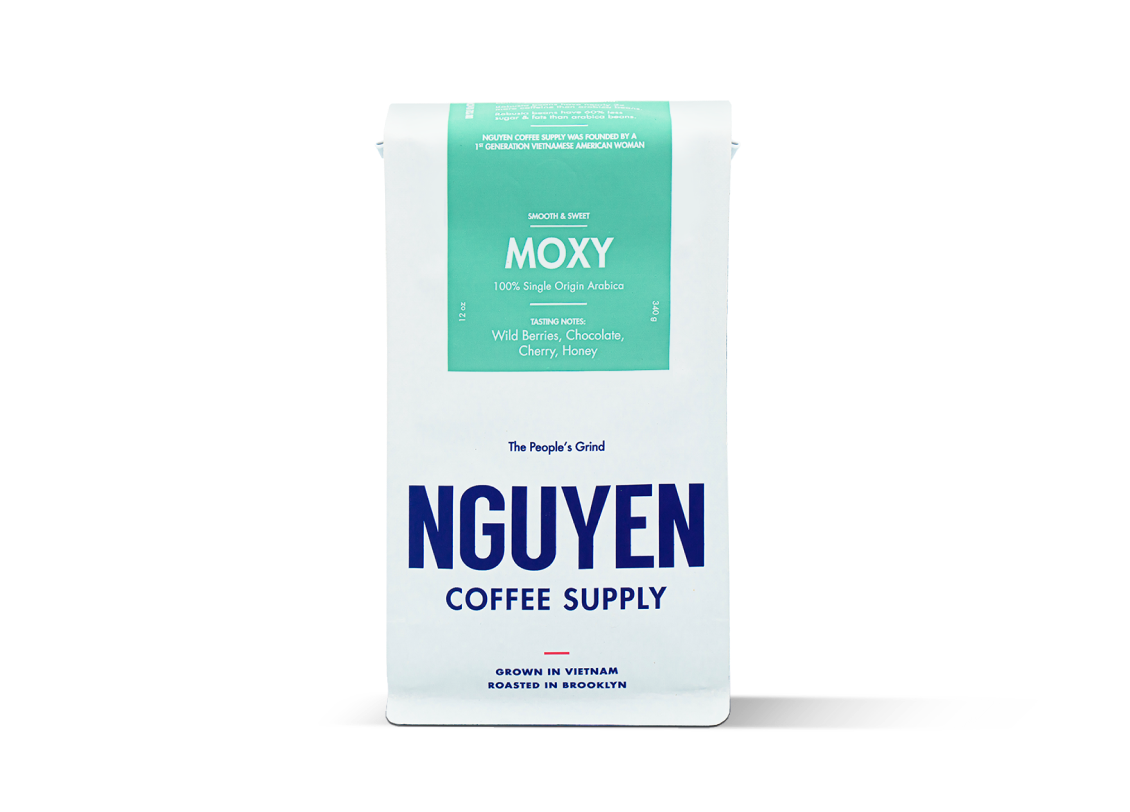
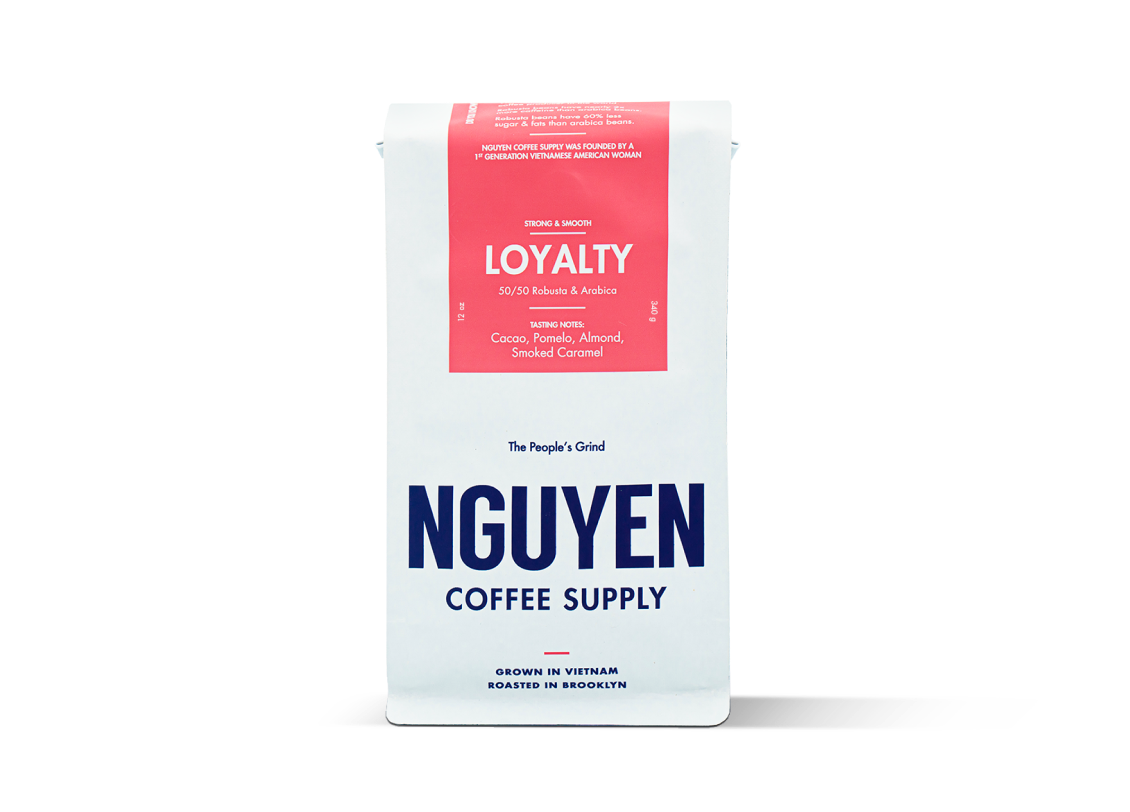
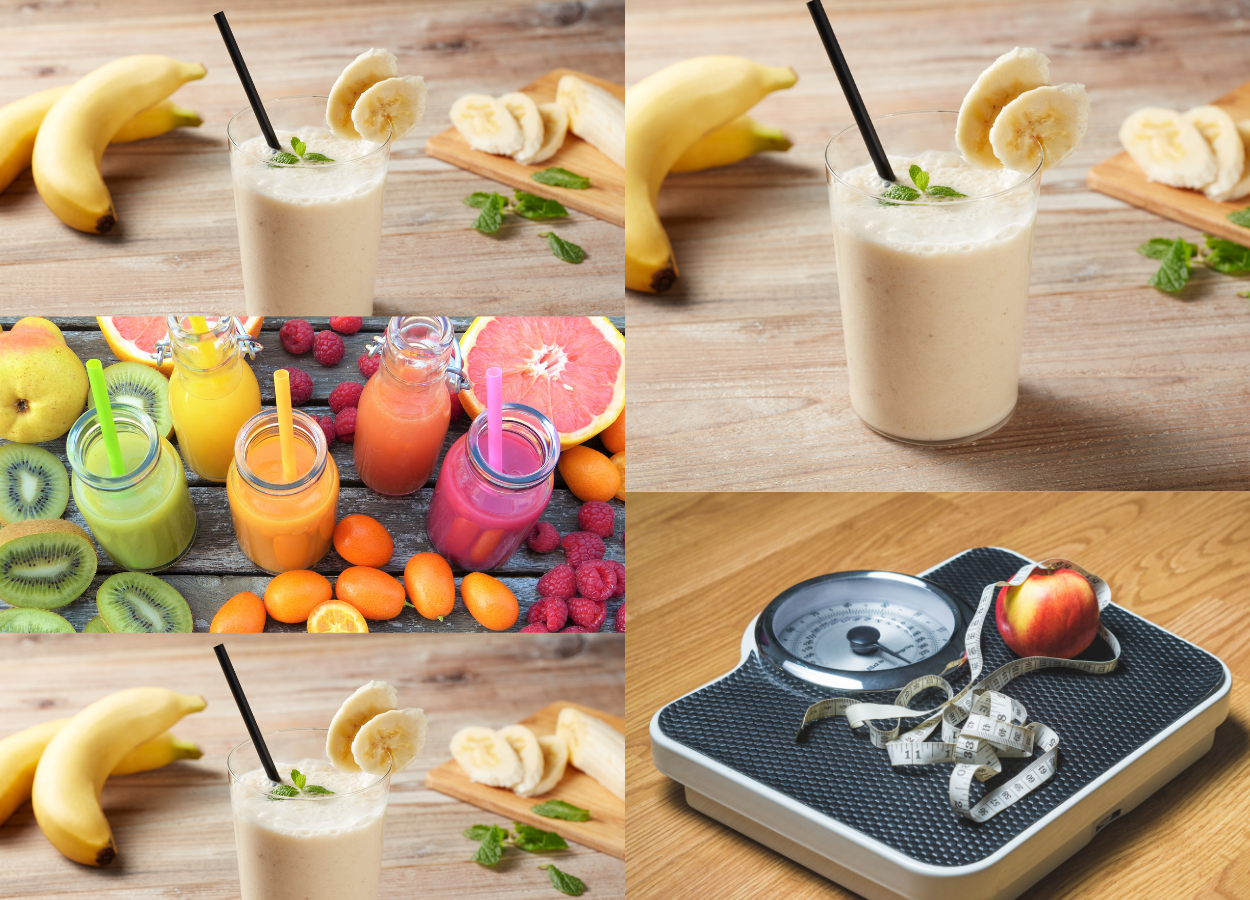
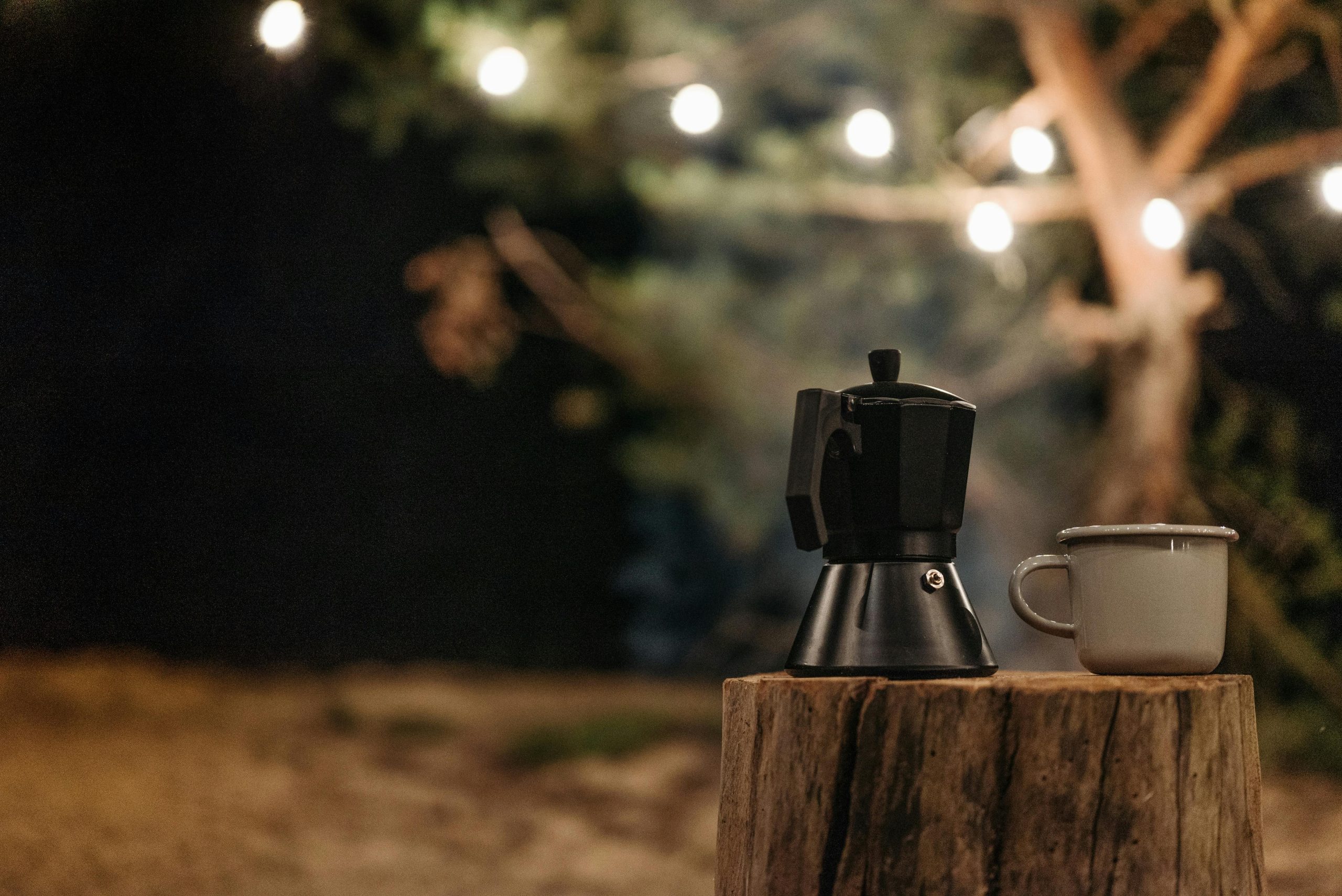
Leave a Reply